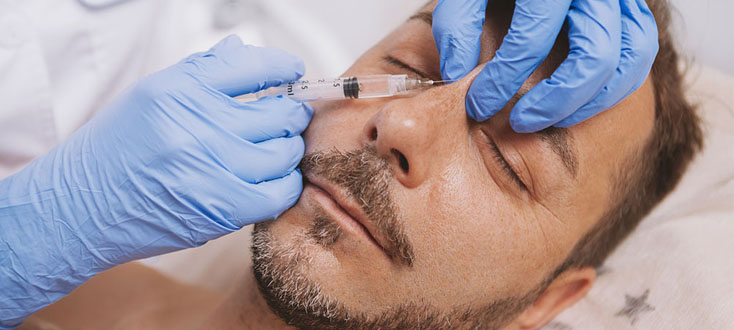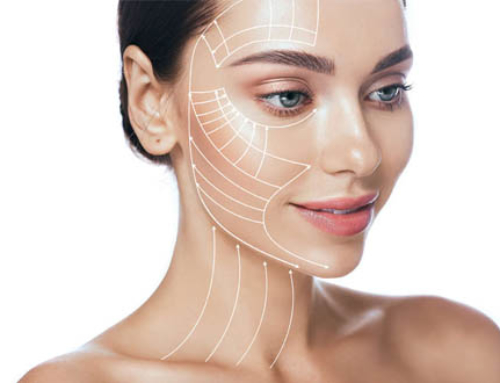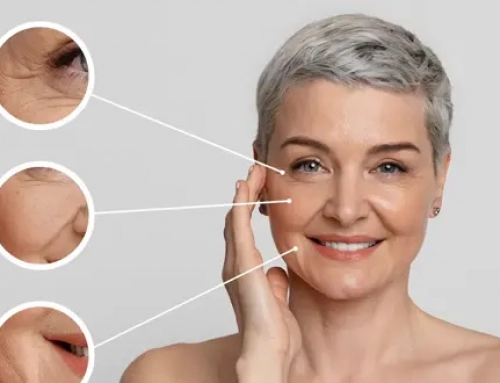Nasal hump removal is one of the most common rhinoplasty goals. This can be done through cosmetic surgery, but also through a non invasive treatment involving hyaluronic acid injections in certain cases.

Nasal hump : what it is and how to remove it
Anatomy of the nose
Nasal humps can be located in the bony or cartilaginous part of the nose. The upper part of the nose is made of solid bone, which is part of the skull and facial bones. The nasal bone is flat and connected to frontal bone, jawbone and ethmoid bone.
The nasal bone extends forward with softer and more mobile structures : nasal cartilages. There are three cartilages in this part of the nose : the nasal septum cartilage in the extension of the bony septum, the lateral cartilages, which constitute the medium part of the nose and the alar cartilages constituting the nasal tip.
Nose defects
While nasal hump removal is one of the most common requests, the nose has to be assessed as a whole in each and every case. Other corrections can be done during the same procedure (deviated septum, sagging or overly large nasal tip, lack of tip projection…).
In each case, the surgeon’s examination includes a complete morphological analysis to compare it with the patient’s expectations. The goal of the procedure is often to improve the appearance of the nose, but a functional correction can also be included to restore normal breathing function.
Non-surgical rhinoplasty
Non-surgical rhinoplasty can increase volume around the nasal hump to make it disappear. This approach is limited to small nasal humps. In case of bigger nasal humps, the volume needed to make the hump disappear would cause disproportions.
Expectations are often high for rhinoplasty patients, because the nose is at the center of the face and it cannot be hidden. Defining those expectations clearly and explaining what can be achieved through rhinoplasty is an essential part of the procedure, which is why choosing a true nose surgery specialist is one of the most important choices.





